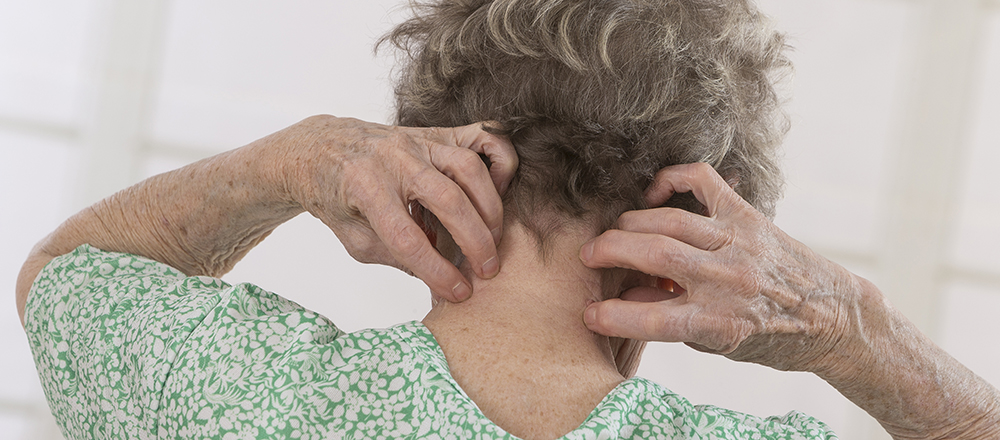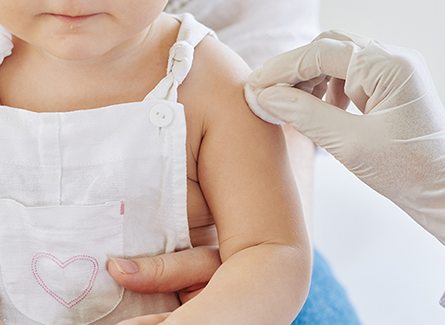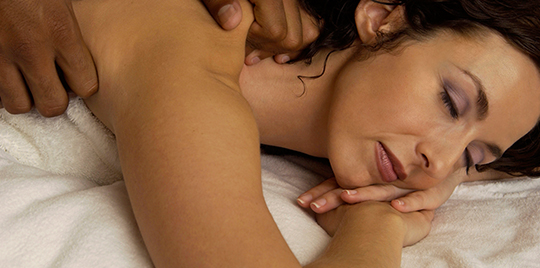Shingles: Chickenpox Back with a Vengeance
November 28, 2023By: Annette Villena
Categories: Your Wellness

Each year, about 1 million people in the U.S. get shingles, a viral infection that causes a painful rash and several other uncomfortable symptoms. Shingles occur when the same virus that causes chickenpox, varicella-zoster virus (VZV), reactivates. About one in three Americans will get shingles in their lifetime, and the risk increases with age. Learn what to look out for and how to reduce your risk of severe symptoms and complications with shingles.
Symptoms
Shingles usually affect a section on one side of your body. Symptoms may include:
- Fluid-filled blisters
- Itchiness
- Pain, burning or tingling
- Red, irritated rash
Less common symptoms may include:
- Chills
- Fatigue
- Fever
- Headache
- Sensitivity to light
- Upset stomach
Shingles symptoms typically clear up within a few weeks.
Risks and Complications
If you have had chickenpox, you can develop shingles. After chickenpox runs its course, the VZV moves into nerve tissue near the spinal cord and brain, where it remains dormant. Certain factors can increase your risk of triggering a shingles outbreak, including:
- Being age 50 or older
- Having a weakened immune system due to a medical condition, injury, excessive stress or select medications
- Undergoing cancer treatment, such as chemotherapy or radiation
Shingles can also lead to complications that last long after the rash is gone. The most common is long-term nerve damage, known as postherpetic neuralgia or PHN. PHN affects up to one in five people who get shingles. It’s more likely to affect adults 50 years or older and can last from a few months to a few years. Other possible shingles complications include:
- Brain inflammation
- Eye infections
- Hearing problems
- Pneumonia
- Vision loss
Contact your primary care doctor if the pain and rash happen near your eyes or if the rash is widespread and excruciating.
Prevention
A person with shingles can spread the varicella-zoster virus to people who have never had chickenpox or never received the chickenpox vaccine. It’s spread through direct contact with fluid inside the shingles blisters. If someone gets infected, they will get chickenpox rather than shingles.
To prevent the spread of the virus, people with shingles should cover the rash, avoid touching or scratching the affected area, and wash their hands frequently. If you have shingles, you should also avoid contact with at-risk populations, including pregnant women, premature or low birth weight infants, and immunocompromised people. Once the blisters have scabbed over, someone with shingles can no longer spread the virus.
The Center for Disease Control and Prevention recommends the recombinant zoster vaccine, also known as Shingrix, to reduce the risk of developing shingles and related complications. This vaccine is available and highly encouraged for those 50 years and older and adults who are immunodeficient or immunocompromised.
Takeaway
While many may consider this infection to only affect older populations, you can develop shingles at any time if you’ve had chickenpox. Talk to your primary care doctor to learn more about this virus and if you should get the shingles vaccine.



